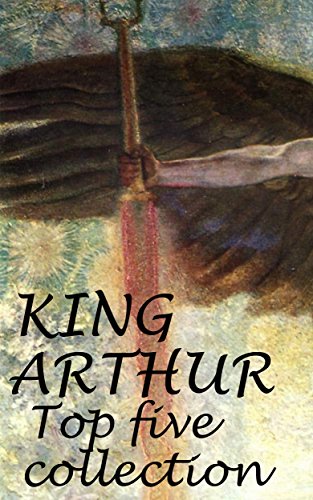
Today’s post follows on in a loose manner from last week’s, but is also inspired by thinking about film versions of books. The connection is once again the complex of tales to do with Arthur and his companions – the so-called Matter of Britain. As mentioned last time, these stories – even the oldest variants of them that we know – are in constant tension and conflict with each other. There is no single authoritative original version, and different tellers of these tales have focused on divergent features. Did Arthur die on the battlefield? Was he taken away mortally wounded to die elsewhere and be laid to rest? Did he go elsewhere to be healed, and return one day? What did happen between Lancelot and Guinevere? Was the Grail a peripheral distraction, or the vital centre of the whole company? And so many other questions, all unanswerable… or rather with so many possible answers.
Now, the group of authors we call the Inklings relished this endless magical well of possibility, and drew from it in many different ways according to their preferences and personalities. But, as the book I have been reading comments, “To some readers, the idea of endless revision may imply infidelity to a source text. Compare this to the experience of many logocentric moviegoers, who experience sharp disappointment or anger when the film adaptation of a beloved book appears to them to be a travesty of the author’s work.”

Now, one feature of the Arthurian tales is that they have metamorphosed into several different media – prose, for sure, but also poetry, music, film, art, sculpture, cartoons and animation. And, allowing for the availability of these technologies, this multi-media presentation has been part of the tradition from as far back as we can trace it. Did our twelfth century ancestors argue whether the French prose Vulgate cycle was better or worse than Lazamon Brut’s massive poetic treatment? Or did they, in fact, relish and appreciate the diversity of approach?
Of course we don’t know if such a debate happened, but this whole study has made me reevaluate my own reaction to film versions of books. Like lots of us, I have in the past had the kind of “disappointment or anger” mentioned above, but am revising my views. To be sure, any book or film (or comic, or play, or musical, or opera, or whatever) might be uncompelling simply as a piece of artistry, but that is a separate matter. Just to tell the tale in a different way is not, I think, such a problem. Quite apart from the varying strengths and weaknesses of each of those media, each story-teller will choose to focus on different facets of the tale as suits their purpose and interest. And that, I think, is not a bad thing. Of which more next week…
